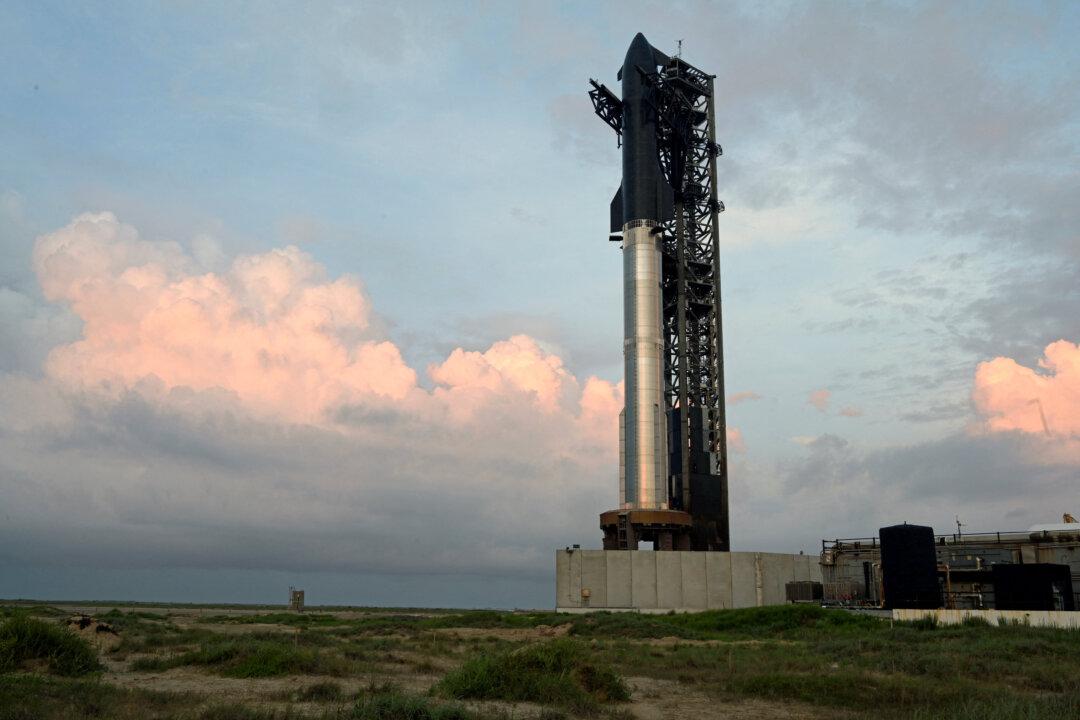MILAN—When farmer Rita Tolu saw “a big black wave storming across the horizon and taking over the fields” in April, she knew that little of her dried fodder and alfalfa crops would be left in the following days.
Tolu, 40, and other farmers working the central areas of the Italian island of Sardinia have seen swarms of billions of locusts ravage their land in the worst such invasion for more than three decades.





